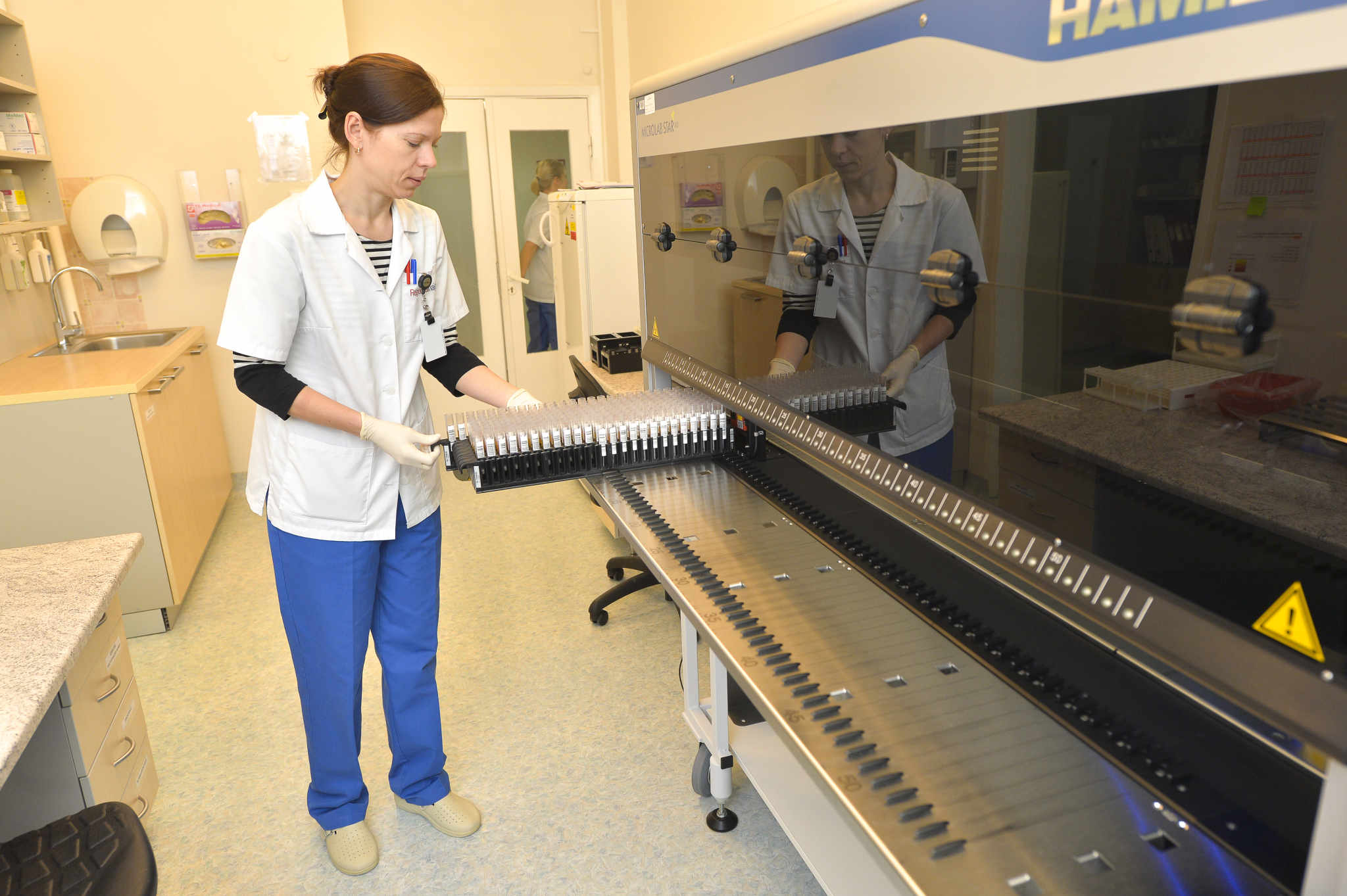Viral Diseases
There are many blood-borne pathogens. The ones most common in Estonia are HIV, hepatitis B and C and syphilis.
The Blood Centre tests all doses of donated blood. Of each dose, 25 ml is used for viral disease testing and no untested blood is released to hospitals.
Donors should be aware that symptoms of disease do not immediately appear after the body becomes infected. The pathogens may be in the body, but there are far too few to be detected by testing. Yet already at that point, the infected person’s blood is already infectious for other people.
The timeframe that pathogens in the donor blood cannot be determined in a lab is called the disease’s window period. Virus cannot be diagnosed using even the best and most modern tests immediately after becoming infected. Thus it is very important that the donor be aware of his or her own condition, want sincerely to help those in need and always be honest when undergoing medical examination.
If analysis results require follow-up checks, the donor is called in for repeat testing. Blood in which an infectious disease agent is found in destroyed.
How can a viral infection be contracted?
Viruses live in infected people’s bodily fluids (blood, vaginal secretions, pre-ejaculate, semen, breast milk). Infections are transmitted if the fluids of an infected person are transmitted into a healthy person’s blood. This can happen in four ways:
- When the skin is pierced or punctured. A person can contract a virus by injecting him or herself with a needle previously used by a virus carrier. Tattooing, piercing and acupuncture can be just as hazardous if done using paraphernalia previously used by a virus carrier.
- Sexually transmission. A pathogen can be transmitted through unprotected sex with an infected partner. The following more often fall into a risk group:
homosexuals and bisexuals
prostitutes
drug abusers - Mother to child. Virus infections can be transmitted from mother to child in the womb, during childbirth and while breastfeeding.
- Blood transfusions, if the blood contains transmissible pathogens.
